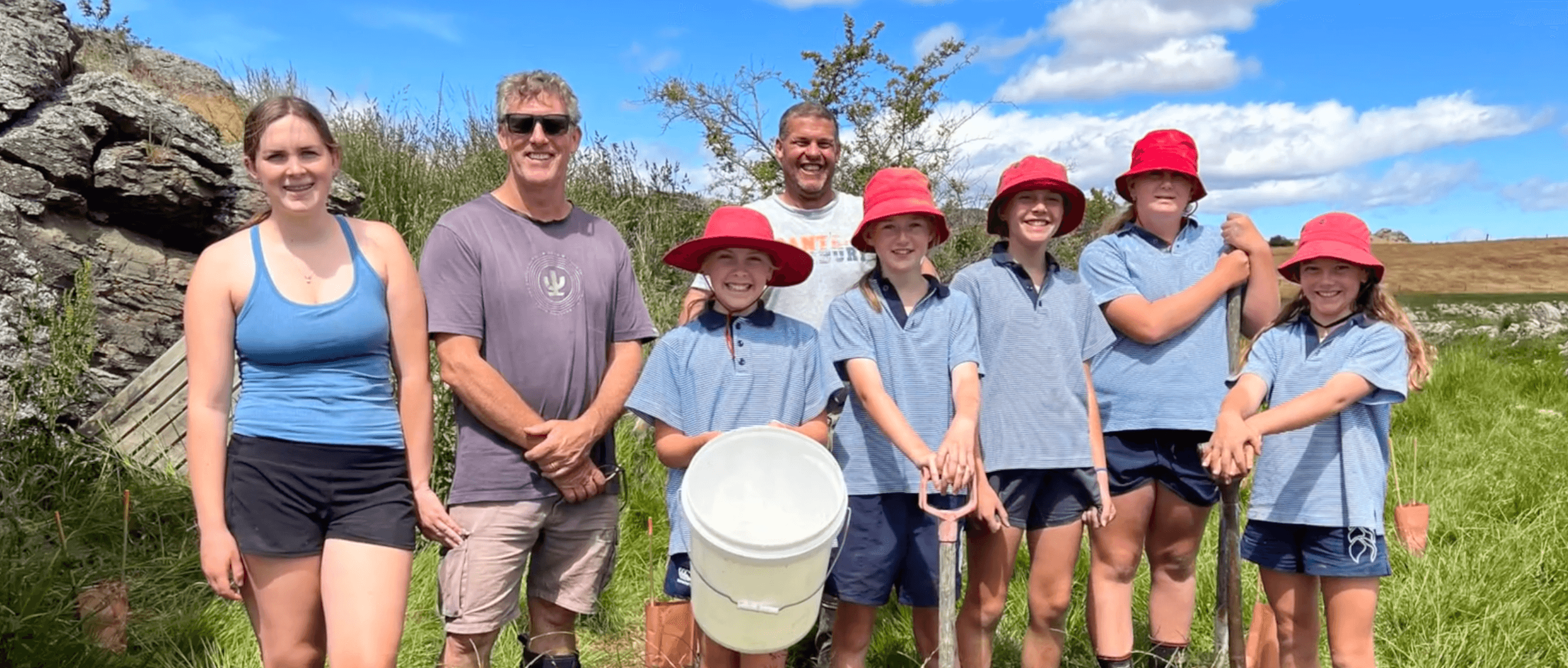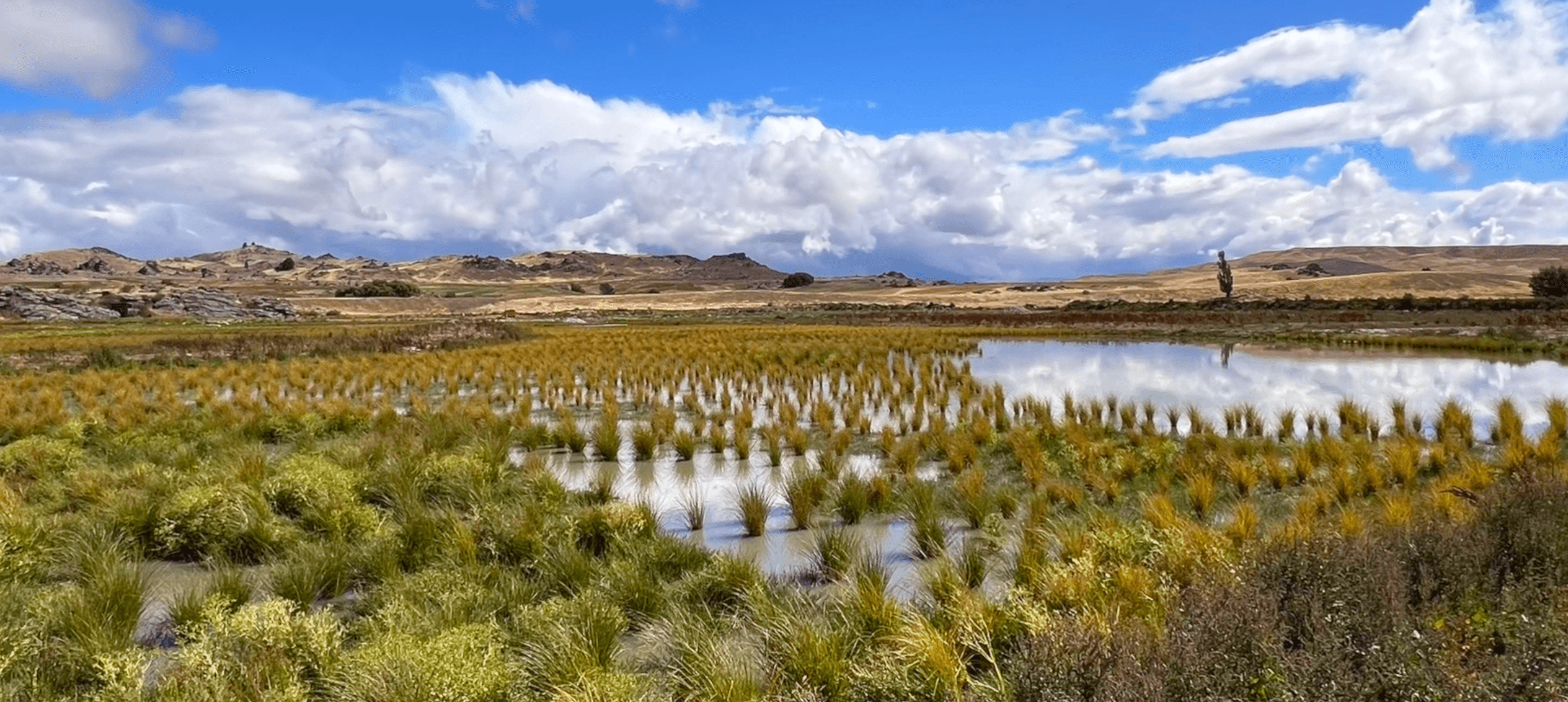Thomsons Creek Catchment Project:
A Community-Driven Success Story
The Thomsons Creek Catchment Project in Central Otago is a great example of what happens when locals and experts team up to tackle environmental challenges. This Manuherekia Catchment Group project, running from 2022–2025 and supported by the Ministry for the Environment, not only achieved all its goals, it went beyond them, setting a strong example for other catchments around the country.
The Challenge
Thomsons Creek sits in a busy farming area of Central Otago and faced multiple environmental issues, including declining water quality, vulnerable native fish, and limited native biodiversity. The project took a joined-up approach to address these challenges, focusing on community involvement to make real, lasting change.
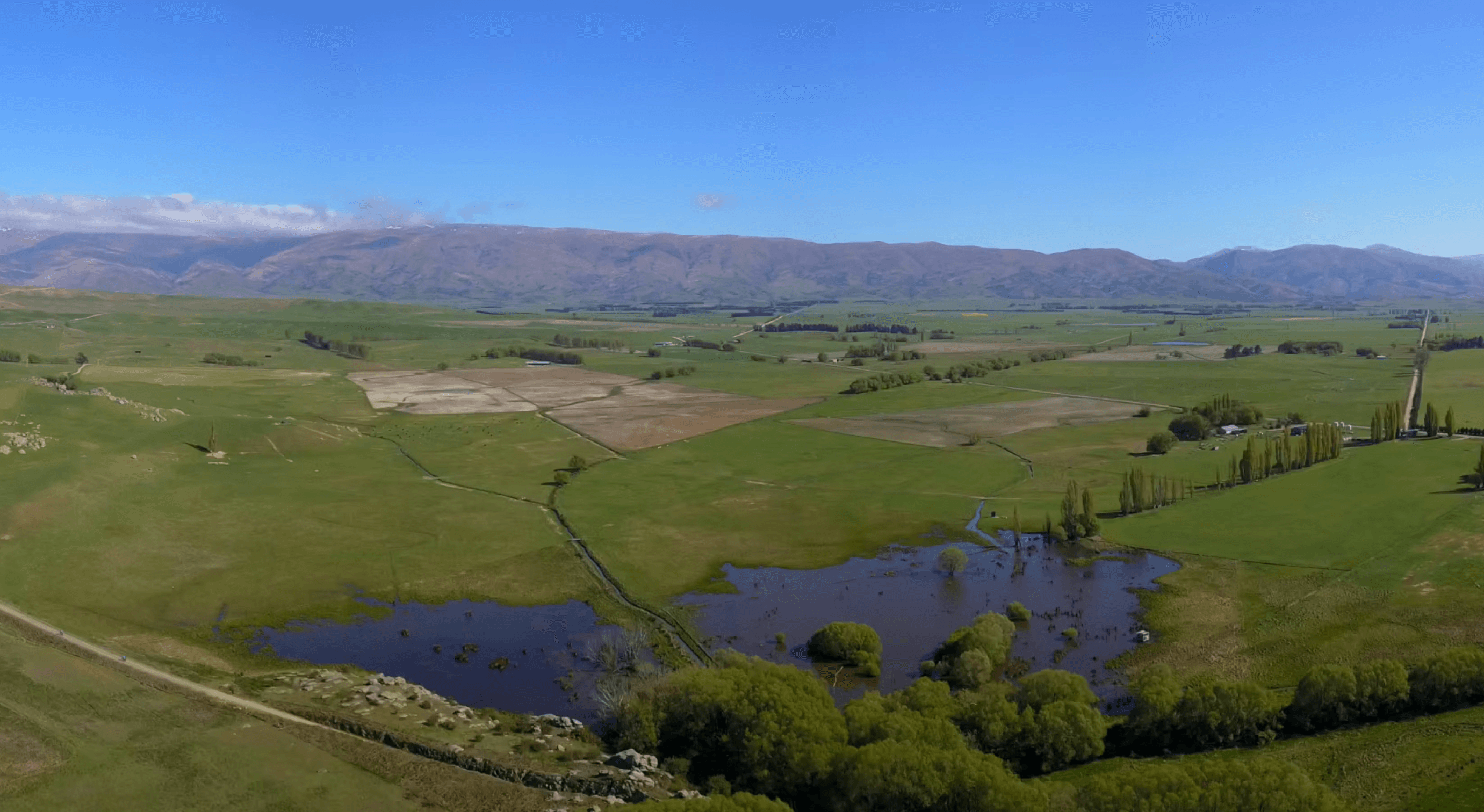
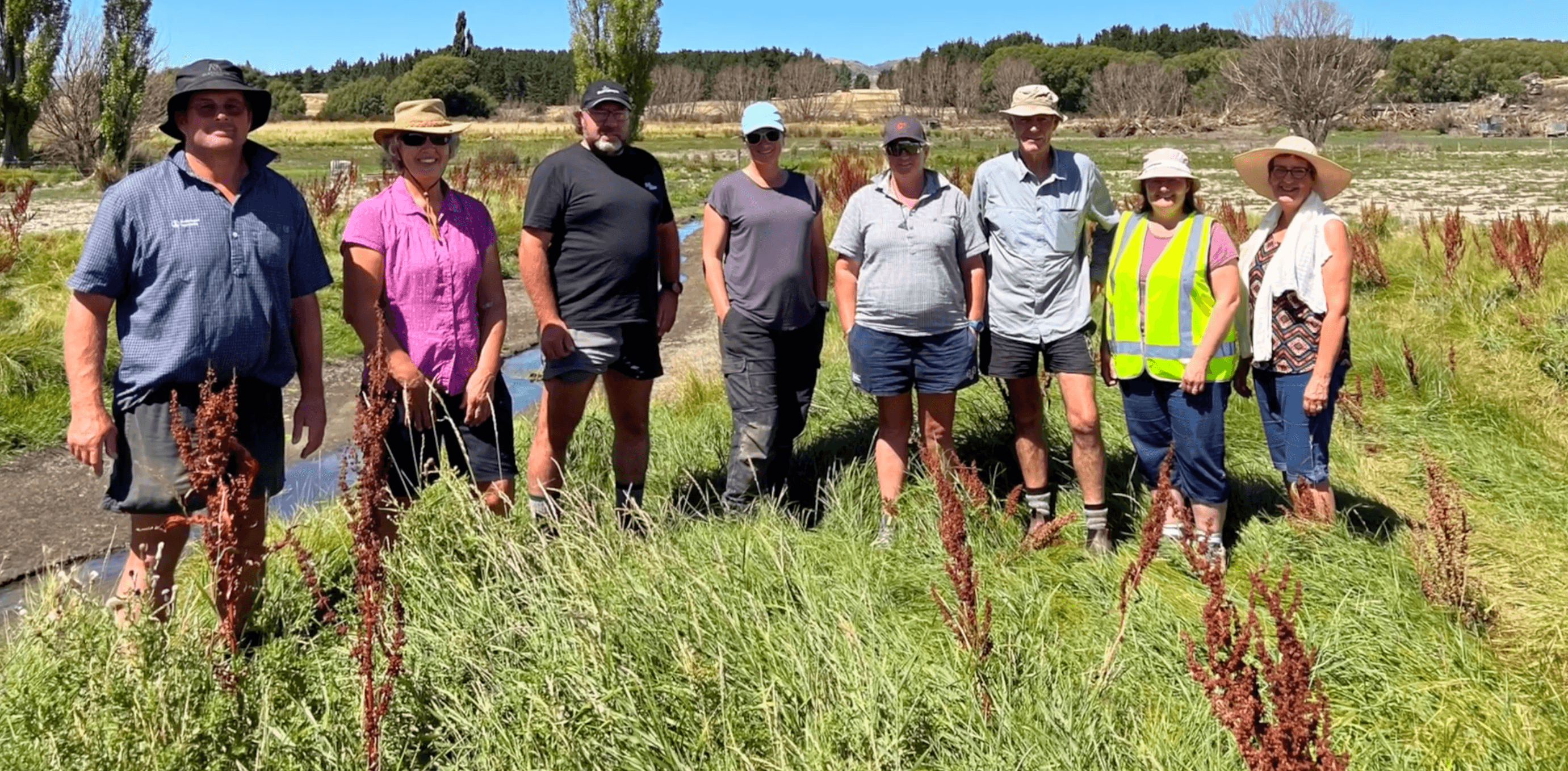
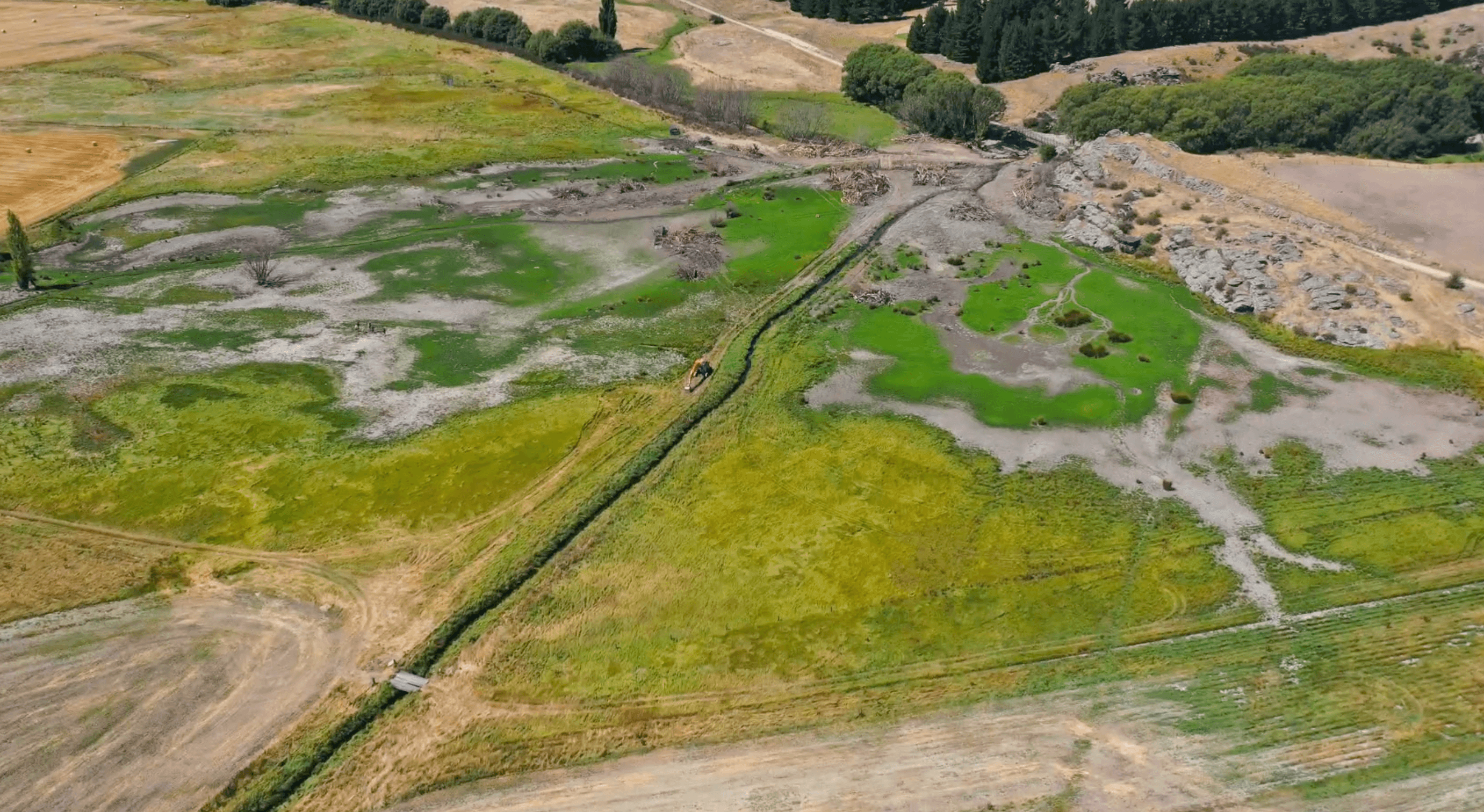
Strategic Approach
The project was built on strong, collaborative relationships, working closely with farmers, Kai Tahu rūnaka, Otago Regional Council, DOC, Fish & Game Otago, scientists, and landowners. Instead of dropping in ready-made solutions, our approach empowered local farmers who wanted to understand what was happening with water quality and helped them find practical ways to make improvements.
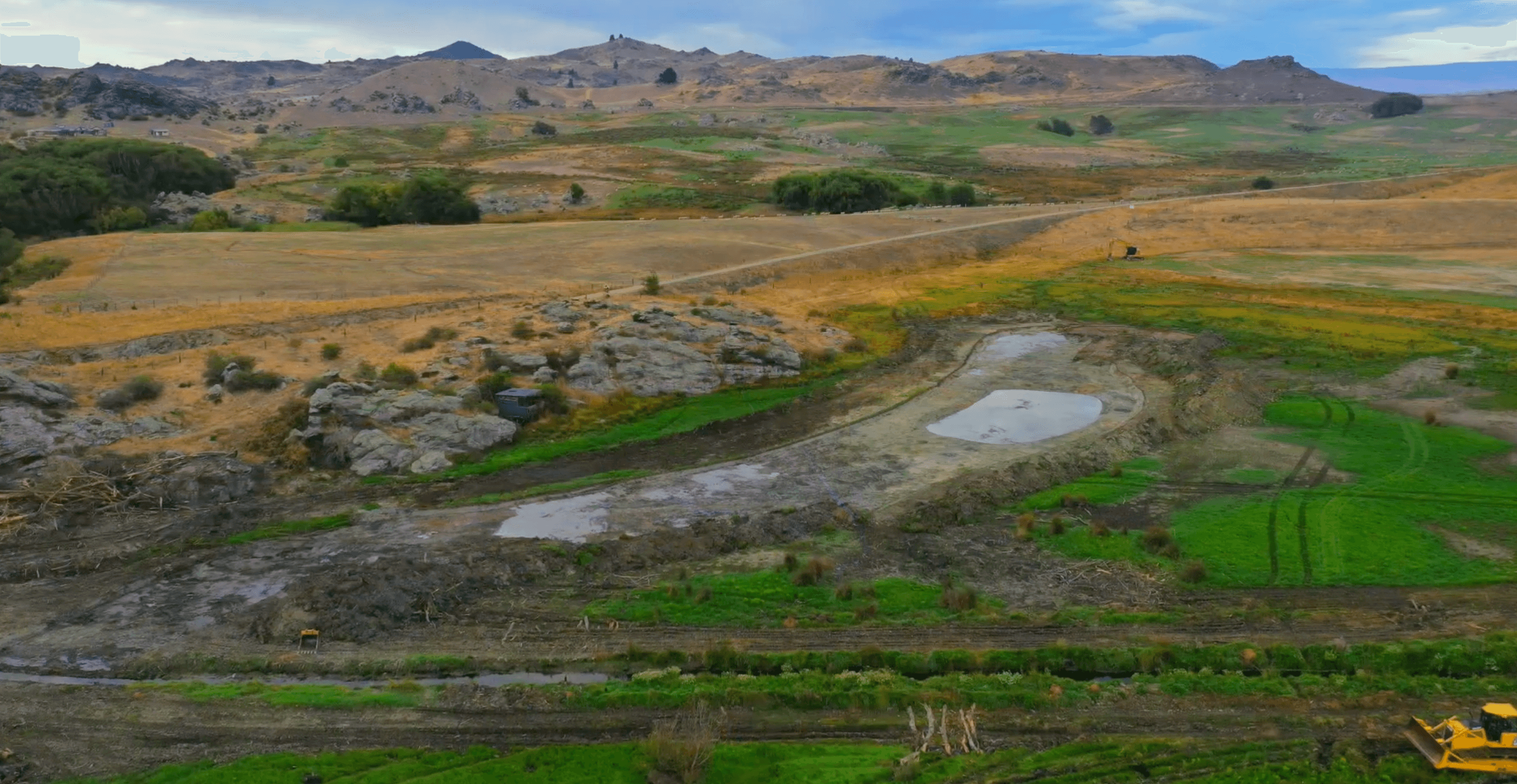
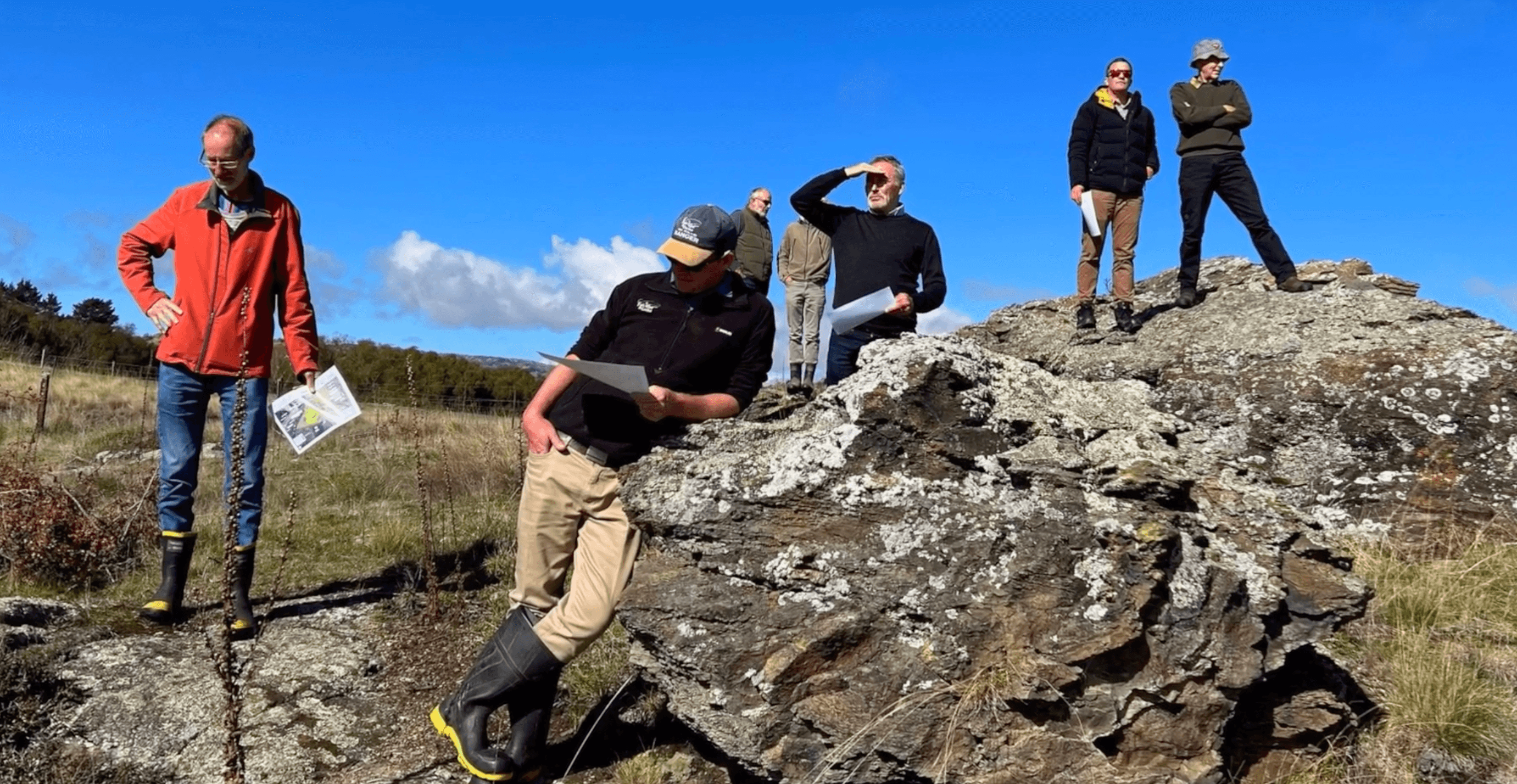
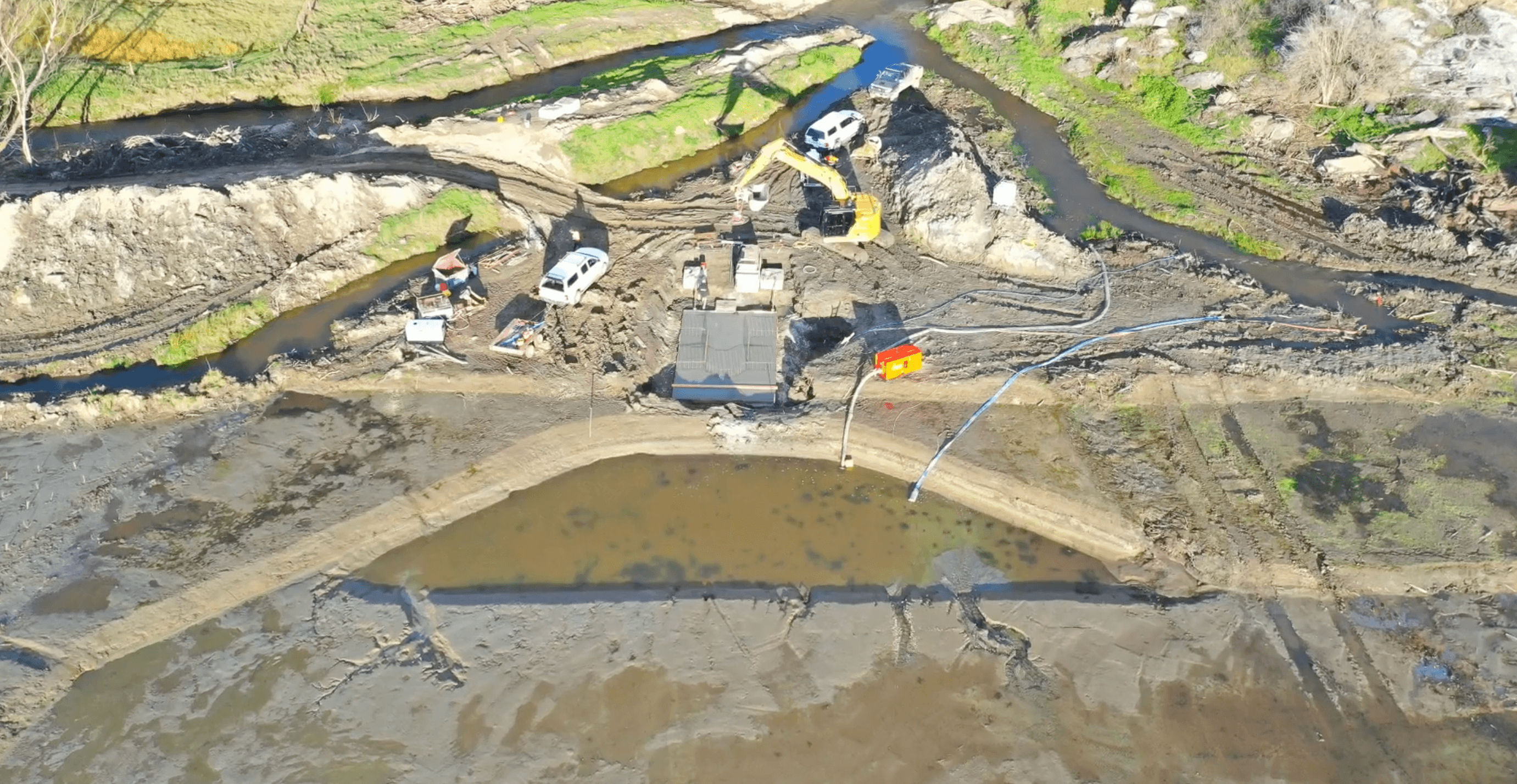
Key Achievements
The project was built on strong, collaborative relationships, working closely with farmers, Kai Tahu rūnaka, Otago Regional Council, DOC, Fish & Game Otago, scientists, and landowners. Instead of dropping in ready-made solutions, our approach empowered local farmers who wanted to understand what was happening with water quality and helped them find practical ways to make improvements.
The project has delivered substantial infrastructure and environmental improvements across multiple areas:
Water Quality: A 5-hectare wetland was built with sophisticated treatment features, including three sediment traps along a 970-metre pathway. Early monitoring shows it’s already cutting down sediment runoff. It’s also now home to 44,000 native plants. Farmers undertook sediment plans to identify actions to mitigate any actions on farm, and the project also worked with CODC and roading contractors to find ways to reduce sediment losses off the extensive gravel roads in the catchment.
Native Species Protection: Strategic fish barriers and targeted trout removal helped protect 9 hectares of Central Otago roundhead galaxiid habitat. Five rounds of electric fishing removed 390 trout and two perch, with declining numbers showing the approach is working.
Catchment Improvements: Fifty-two kilometres of riparian fencing were added, lifting protection from 87% to 96%. More than 51,000 plants went into the ground across the catchment. The project provided $300,000 in direct grants, with farmers putting in another $290,000 worth of time and resources.
Strong Community Involvement
The project's community engagement outcomes significantly exceeded expectations. All 18 farmers in the catchment came on board, along with several lifestyle block owners. Volunteers got stuck into everything from wetland monitoring and predator control to growing native plants. The project even gained national recognition, winning the 2025 Otago Ballance Farm Environment Community Showcase Award and getting positive media coverage in the NZ Herald and on RNZ.
Schools also got involved. Local students helped with monitoring over 3 years and learned about freshwater science, with programmes that will keep going after the project wraps up. A visit from Otago University’s Aquavan and the long-term monitoring efforts by Omakau School Year 8 students helped deepen these learning experiences.
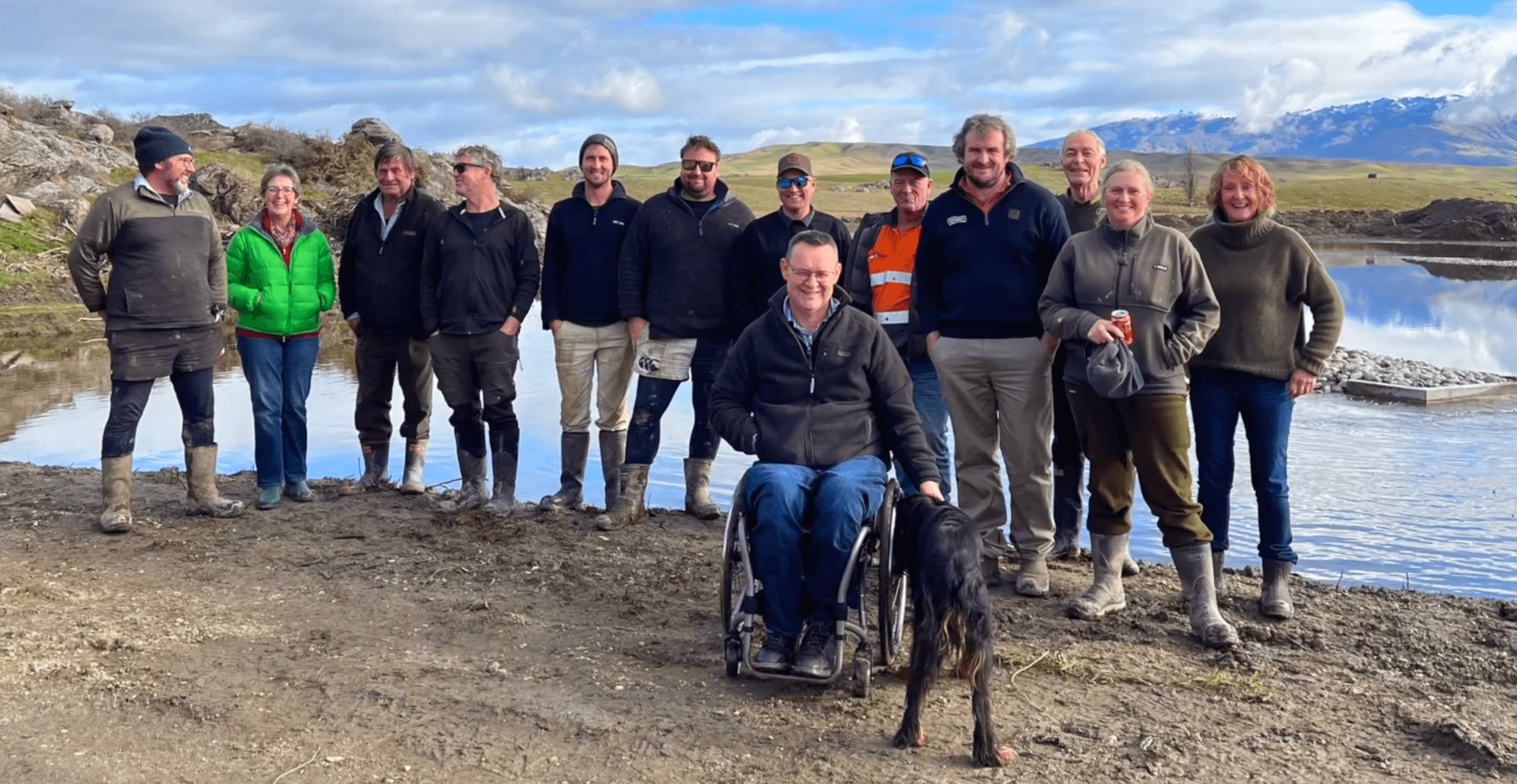
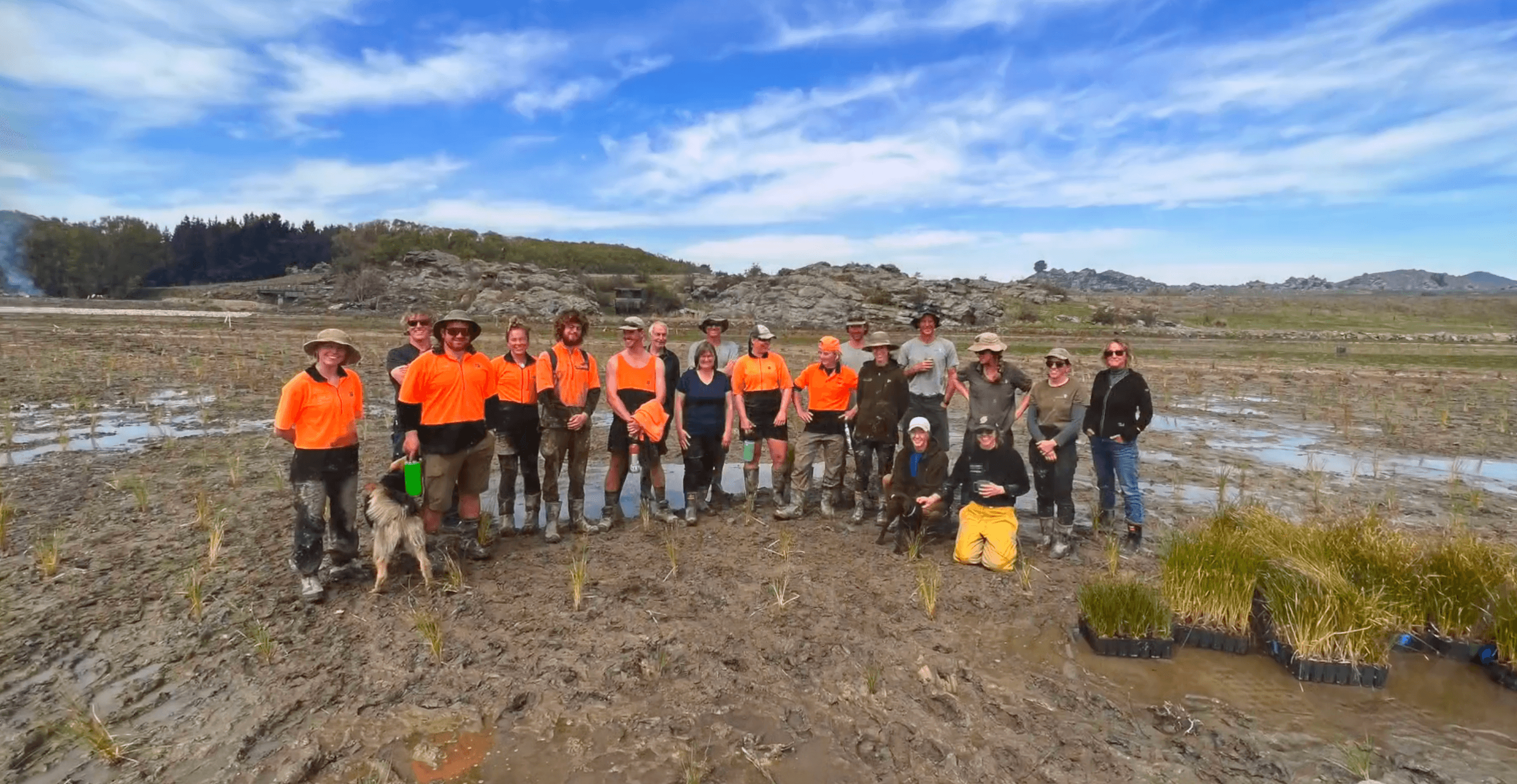
Unexpected Wins
The wetland quickly became a hotspot for wildlife, with over 1,000 black-billed gulls nesting and breeding within just two months after it was built. Earlier this year, a marsh crake was spotted for the first time locally, joining stilts, pūkeko and long-finned eels already calling the wetland home.
Several farms also set up nurseries following project propagation workshops, creating long-term planting capacity. New professional networks also emerged, helping the collaboration live on beyond the project.
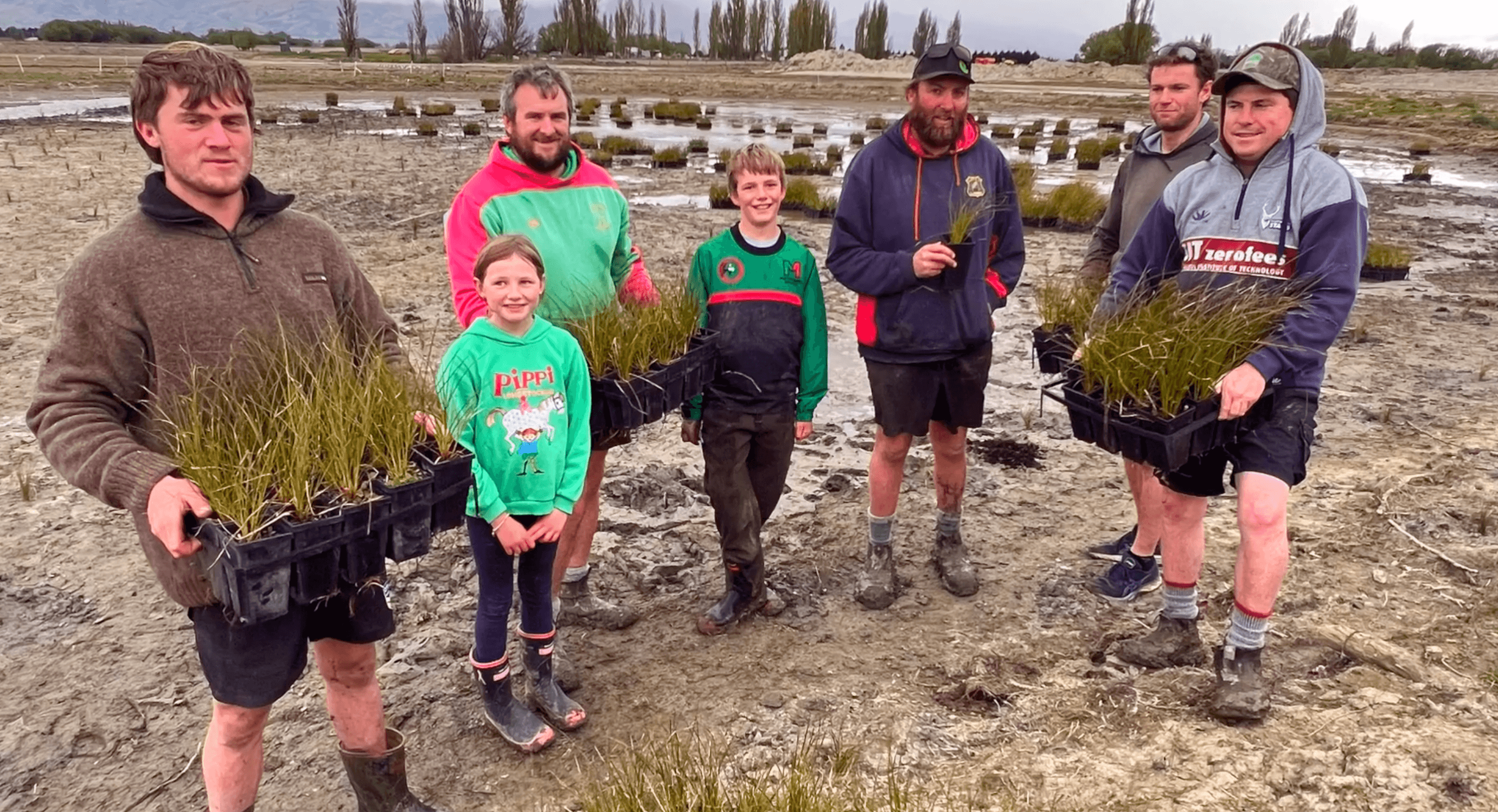
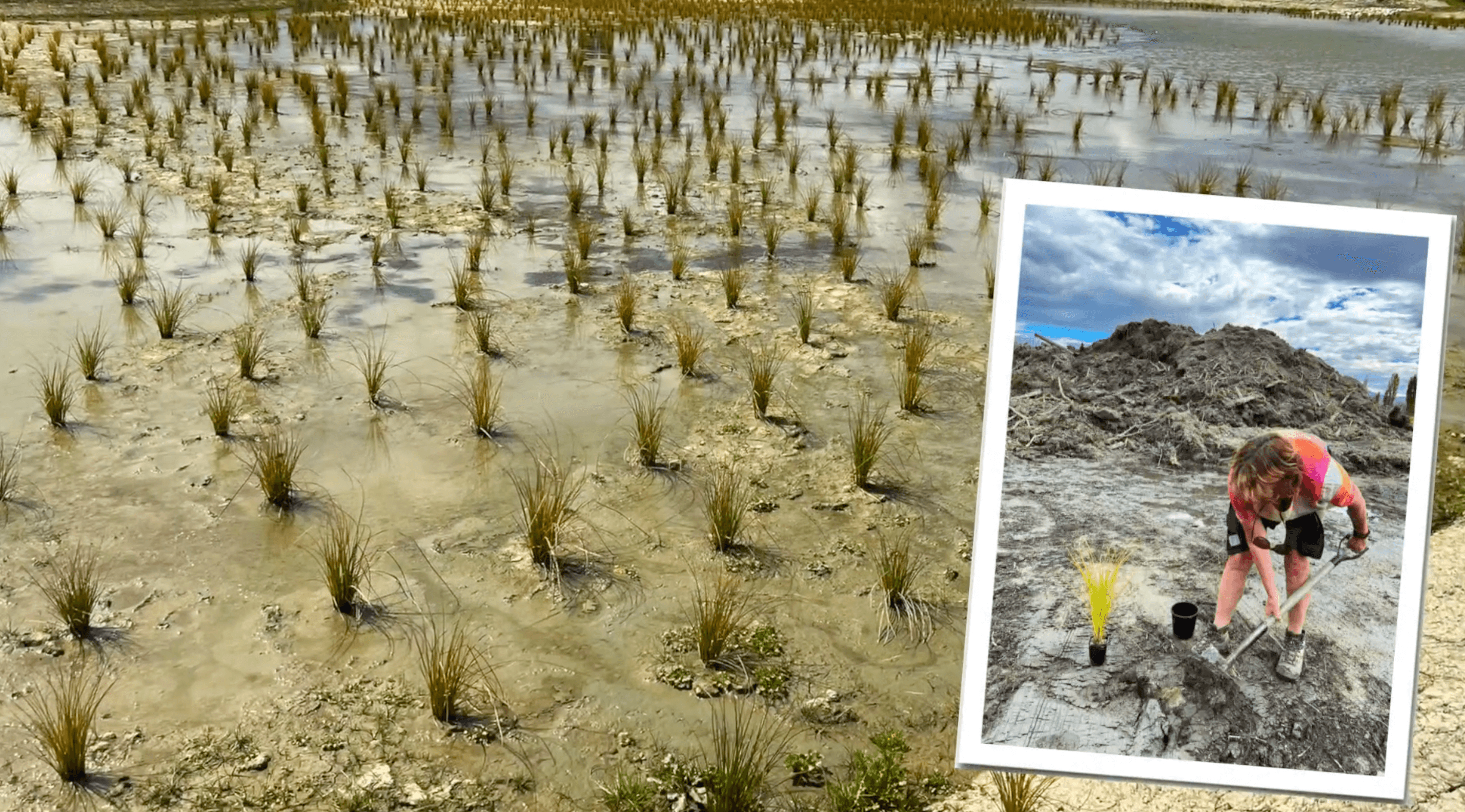
Setting Up for the Future
With $2.8 million invested and eight full-time equivalent jobs created supporting over 78 contractors and businesses, the project has laid strong foundations for ongoing work. New funding streams, active volunteer networks, and full buy-in from local farmers show just how powerful community-led projects can be for the environment.
Looking Ahead
The Thomsons Creek Catchment Project shows what’s possible when communities take the lead, backed by the right technical support. It’s delivered real results for the environment and created strong local partnerships, offering a practical and inspiring model for other catchments wanting to restore freshwater environments while supporting productive agriculture around New Zealand.
